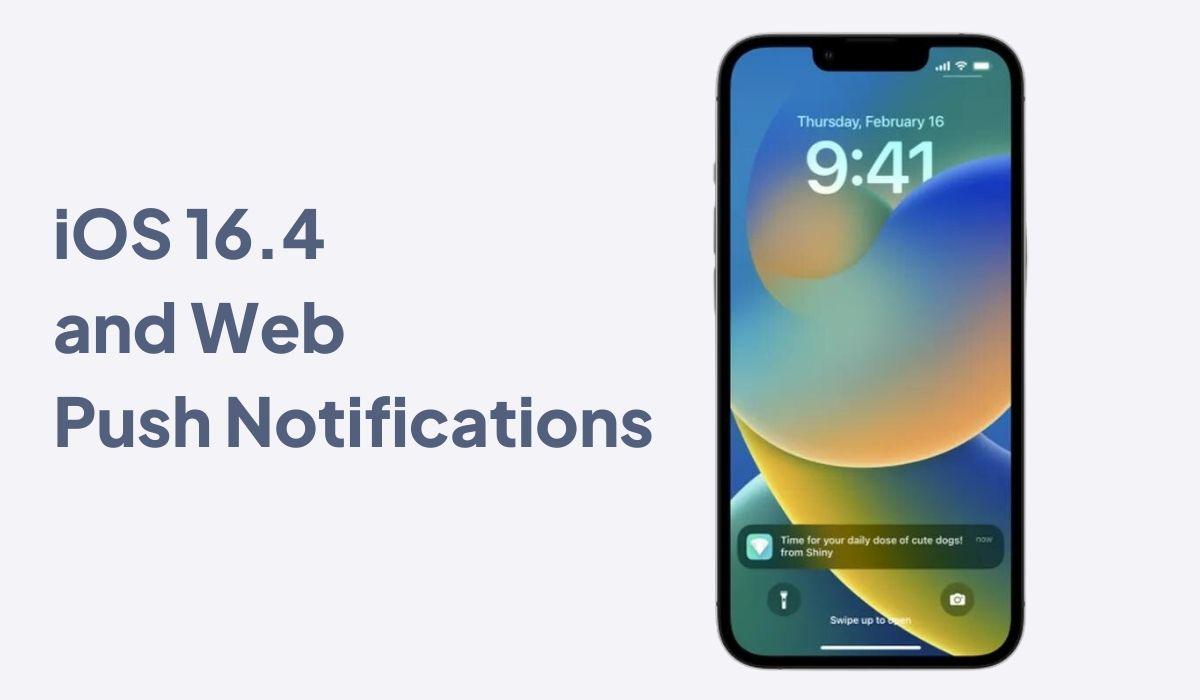iOS 16.4 and Web Push Notifications
Z
How do the push notifications work?
A web app that has been added to the Home Screen can request permission to receive push notifications as long as that request is in response to direct user interaction — such as tapping on a ‘subscribe’ button provided by the web app. iOS or iPadOS will prompt the user to give the web app permission to send notifications. The user can then manage those permissions per web app in Notifications Settings — just like any other app on iPhone and iPad.
The notifications from web apps work exactly like notifications from other apps. They show on the Lock Screen, in Notification Center, and on a paired Apple Watch.
A game changer?
Push notifications have always been considered one of the best marketing features of native apps for a few reasons.
First, they allow businesses to send targeted and personalized messages directly to a user’s device, even when the user is not actively using their app. This can be an incredibly effective way to engage with customers and keep them informed about new products, sales, or promotions.
Second, push notifications have a high visibility rate, as they typically appear as a pop-up or banner on a user’s screen. This makes them hard to ignore and more likely to be seen than other forms of digital marketing like email or social media.
Lastly, push notifications can be used to create a sense of urgency and encourage users to take action. For example, a business could send a notification about a flash sale that ends in a few hours, which could prompt users to make a purchase sooner rather than later.
Overall, push notifications can be a powerful marketing tool that allows businesses to communicate with customers in a direct and effective way.
- Safari claims almost 20% of the global browser market share
- Studies have shown that web push notifications earn thirty times higher conversion rates than email.
- In addition, iPhone users spend an average of $101 per month on technology products, which makes them a higher-spending market segment
- Web notifications are used by more than 8 percent of top websites
So, this new release from Apple could change quite a few things in the app world.Indeed, native apps tend to be more robust and stable than web apps, and they provide a different user experience. Your native app will provide your users with the best mobile experience and flawless UX.
However, even with an intuitive no-code app builder, the prospect of creating a native app can be a bit daunting for some people. Their publication process can be long and strenuous. The cost can also put off small businesses or someone just starting out. Building a web app is generally easier than creating a native app, which means people can prioritize their web versions before diving into native implementations. This would allow them to get their product out quickly and with a lower budget. Larger companies like Twitter can offer now both web and native options to reach a broader audience.
What about your PWA?
But remember, as they say, “The good thing about notifications is they remind your users that your app is installed. A bad thing about notifications is they remind your users that your app is installed.” ~ Make sure you plan the right strategy for your push notifications.

